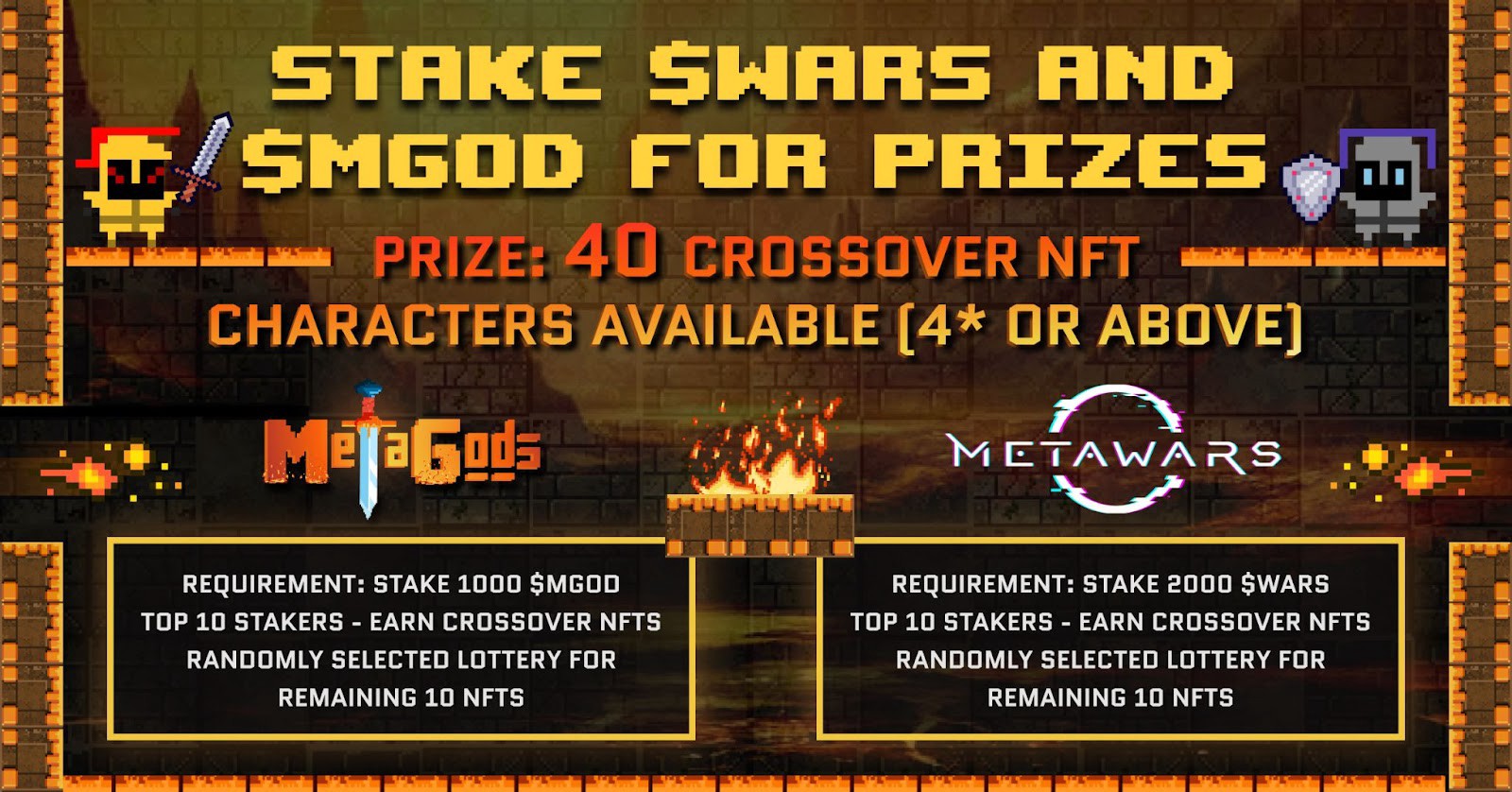Advice
- Staking is the time when users agree to commit money to a network to help it validate transactions.
- The loan is when users agree to lend their crypto in exchange for interest payments.
- Both concepts enable users to earn tokens, But the risks and rewards vary.
In our first chapter on how to invest, we give you an overview of what moves and motivates the crypto industry. Today we are going to take a look at one of the most productive crypto products from a profit point of view.: Staking y Loans.
This is what they are, how do they work, what are some of the potential dangers and why are they so popular.
What is Staking?
Staking is a financial definition quite unique to the crypto markets. Briefly, investors commit to contribute cryptocurrency they invest in a specific network to help the network validate transactions. In return, get rewards, generally in the form of tokens.
The key to betting is a consensus mechanism known as proof of stake. Bitcoin and many other blockchains focus on a consensus mechanism called work test. In this system, miners spend huge amounts of computing power to solve a puzzle that helps the blockchain validate all transactions in one block. The first to solve the puzzle gets the reward.
Did you know
Polkadot has the most resources at stake on its network today, almost $ 10 billion!
.
At the time of writing this post, there's almost $ 30 billion locked in bets, with the largest betting networks, including DOT, Ethereum, EOS, Something and ADA.
Even though this is a robust and secure way to keep a blockchain running, all the computing power expended by all the miners who haven't solved the puzzle is ultimately wasted. That is why some commenters comment that the proof of work is “inefficient” and why you can see news reports that comment on that Bitcoin uses as much energy as Chile.
in a proof of stake A blockchain, the mining procedure is different. Instead of machines competing to solve a puzzle, the network assigns a miner, o nodo, the right to perform validation work based on the amount or share of tokens that node has at that time.
Once the node receives the go-ahead from the network, you can start working validating transactions. Once you solve the problem, will be rewarded with tokens and the bet will be returned to investors.
As with mining pools, groups of bettors often come together to form betting groups and, because, have more chances of being selected. We'll take a closer look at these groups below..
What are stakeout groups?
In the betting pools, several investors group their tokens into a group and, in general, a group operator makes the allocation on behalf of investors. This enables investors who do not know the mechanisms of a blockchain network to participate in the network.. It also increases the chances of being rewarded for your participation.
Despite this, commissions are likely and the payoff is potentially less, since it is divided among more investors. Para los inversores que buscan un pago más consistente y que no están tan interesados ??en formar parte de la red, loans might be a better option, that we will discuss later.
What is the difference between betting and lending?
While gambling helps secure a network, loans enable investors to passively earn interest to facilitate trading.
Several DeFi, or decentralized financial companies offer the opportunity to lend their cryptocurrency to other users and earn interest as a consequence. At the time of writing this post, there is more of $ 8 billion invested in loan companies like Maker, AAVE and Compound.
These companies create groups of loans in which your cryptocurrency is deposited. Funds create an interest rate, that varies according to the cryptocurrency that is lent and the rate established by the company itself, and interest begins to accrue almost immediately.
Did you know
The largest loan platforms are AAVE, Tidex, Nexo and Celsius Network.
Loan pools are what contributed to the rise of DeFi in 2020, as new loan networks emerged that offered huge returns to investors willing to put their cryptocurrency in their hands. Despite this, there are some hassles when it comes to gambling and borrowing, we explore them below.
What are the negatives of gambling and borrowing?
Gambling and loans have their drawbacks. In the case of bets, network volatility and longevity can seriously affect your investment.
How rewards are paid in the network token, a sudden drop in the value of the network means that the value of your asset falls with it. If you decide to bet your coins on a hacked network, the value of your investment could also reduce.
If the network suddenly becomes less popular, that could also have an impact.
In the case of loans, the lending company sets the interest rate, that can vary over time, depending on the popularity of that particular asset.
And both betting and lending services may ask you to take your crypto out of your own wallet and into a company's wallet., which may seem contrary to the ethics of cryptocurrency from “nor their keys, nor his crypto”.
Why, as an investor, I should bet or lend my tokens?
If buying and holding a cryptocurrency is the first step on the crypto investment ladder, betting and lending is the second step.
It only takes a few extra steps and it can help increase the size of your stake without having to do much more than select which platform to deliver your cryptocurrency to..
You feel comfortable? Go to AAX, where you can start earning passive income using the saving function.
Disclaimer: The views and opinions expressed ??by the author are for informational purposes only and do not constitute financial advice, investment or other.









